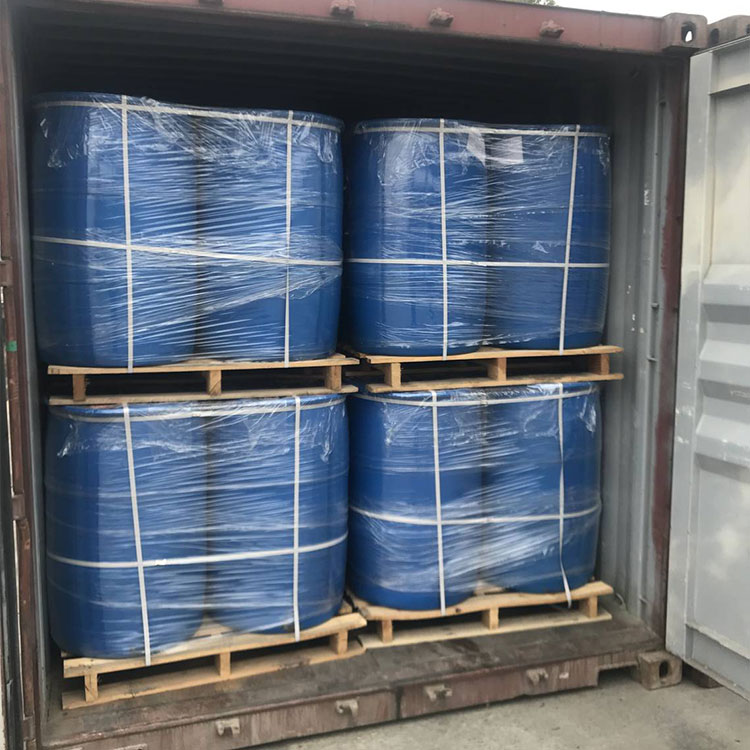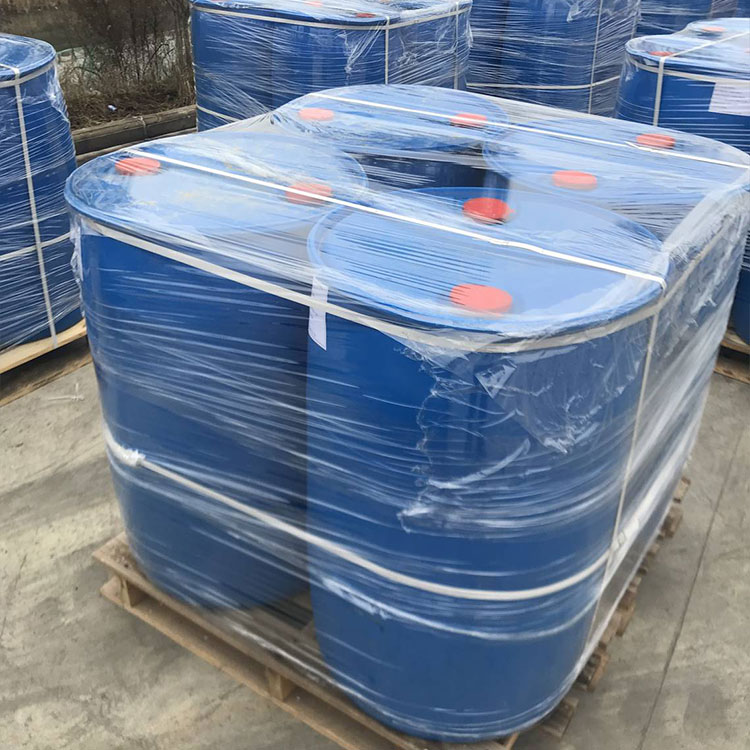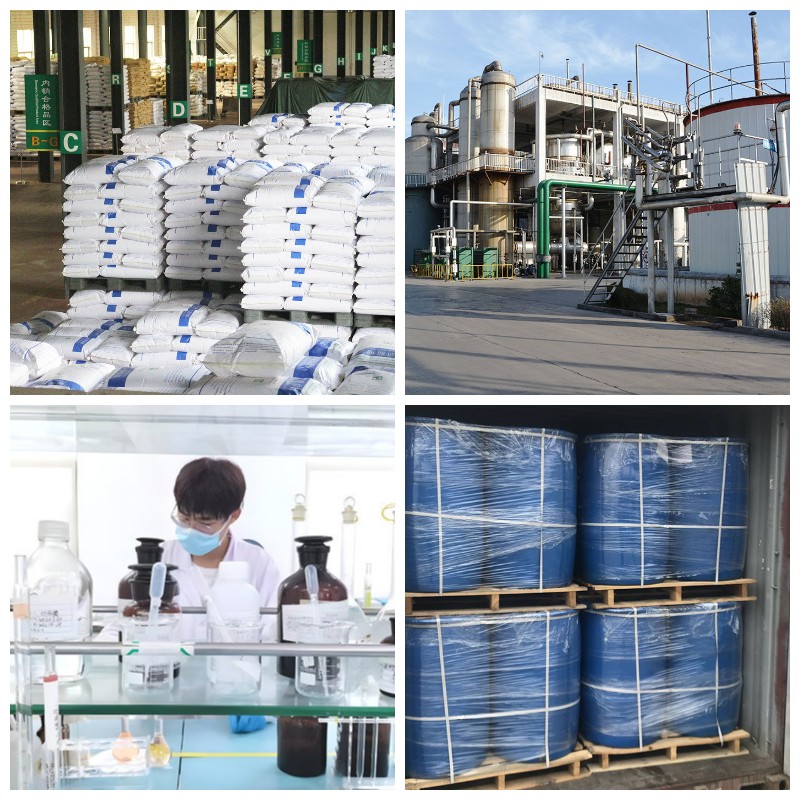Xylene CAS#1330-20-7
CAS Number: 1330-20-7
Chemical Formula: C8H10
Synonyms:
SCINTIVERSE I COCKTAIL
HYDRANAL XYLENE;XYLENES
XYLENE MIXTURE OF ISOMERS, 4X25 ML
Appearance: Colorless liquid
HS Code: 29024400
MOQ (Minimum Order Quantity): 1 FCL (Full Container Load)
Products Description of Xylene CAS#1330-20-7
Xylene (dimethylbenzene) is a colorless, transparent, aromatic liquid. It is the product of two hydrogen atoms on the benzene ring being replaced by methyl atoms. Its boiling point is 137-140°C. Xylene is divided into three isomers: o-xylene, m-xylene, and p-xylene according to the positions of the two methyl atoms. In industry, xylene refers to a mixture of the above isomers and ethylbenzene. The grade is generally the superior grade and first grade of the Chemicalbook of 3°C and 5°C distillation range of purified water. It can be mixed with ethanol, chloroform or ether at will and is insoluble in water. It is widely used in organic solvents and synthetic medicines, coatings, resins, dyes, explosives and pesticides. Xylene is moderately toxic and also has certain carcinogenicity. Xylene pollution mainly comes from synthetic fibers, plastics, fuels, rubbers, additives of various coatings, various adhesives, waterproof materials, and can also come from the combustion gas of fuels and tobacco leaves.
Parameters
| Melting point | -34 °C |
| Boiling point | 137-140 °C (lit.) |
| density | 0.86 g/mL at 25 °C (lit.) |
| vapor density | 3.7 (vs air) |
| vapor pressure | 18 mm Hg ( 37.7 °C) |
| refractive index | n |
| Fp | 77 °F(lit.) |
| storage temp. | Flammables area |
| solubility | Chloroform (Soluble), Methanol (Slightly) |
| form | Liquid |
| color | APHA: ≤10 |
| Odor | char. sweet odor |
| explosive limit | 7% |
| Water Solubility | <0.1 g/L (20 ºC) |
| Merck | 14,10081 |
| BRN | 1901563 |
| Exposure limits | ACGIH: TWA 100 ppm; STEL 150 ppm OSHA: TWA 100 ppm(435 mg/m3) |
| Dielectric constant | 10.0(Ambient) |
| Stability: | Volatile, flammable and its vapors form explosive mixtures with air at room temperature. |
| InChIKey | KAKOUNRRKSHVJO-UHFFFAOYSA-N |
| LogP | 3.16 at 20℃ |
| CAS DataBase Reference | 1330-20-7(CAS DataBase Reference) |
| IARC | 3 (Vol. 47, 71) 1999 |
| EPA Substance Registry System | Xylene (1330-20-7) |
Safety Information
| Hazard Codes | Xn,F |
| Risk Statements | 10-20/21-38-36/38-65-48/20 |
| Safety Statements | 25-36/37-62 |
| RIDADR | UN 1307 3/PG 3 |
| OEB | A |
| OEL | TWA: 100.0 ppm; 435.0 mg/m3, STEL: 150.0 ppm; 655.0 mg/m3 |
| WGK Germany | 2 |
| RTECS | ZE2100000 |
| Autoignition Temperature | 867 °F |
| TSCA | Yes |
| HazardClass | 3 |
| PackingGroup | II |
| HS Code | 29024400 |
| Hazardous Substances Data | 1330-20-7(Hazardous Substances Data) |
| Toxicity | LD50 oral in rat: 4300mg/kg |
Product Application of Xylene CAS#1330-20-7
Xylene is used as a chemical feedstock in the chemical industry. Xylenes can undergooxidation where the side methyl groups are oxidized to give a carboxyl group (COOH)yielding a carboxylic acid. The particular acid produced depends on the isomer oxidized. Wheno-xylene is oxidized phthalic acid is produced, and when p-xylene is oxidized terephthalic acidresults. Terephthalic acid is one of the main feedstocks in making polyesters.Terephthalic acid reacts with ethylene glycol to form the ester polyethylene terephthalate(PET). PET is one of the most common plastics used as food and beverage containers. PETcontainers contain the recycling symbol with a number 1. PET is marketed using a numberof commercial names; the most generic of these is polyester. It is also the material known asDacron. Mylar is PET in the form of thin films. Although all three isomers of xylene are usedas chemical feedstocks, the greatest demand is for para-xylene to produce terephthalic acid.The smallest demand is for meta-xylene. Approximately 30 million tons of xylenes are usedannually worldwide.
Factory and Equipment Show
Fast delivery time
Inventory 2-3 working days New production 7-10 working days










